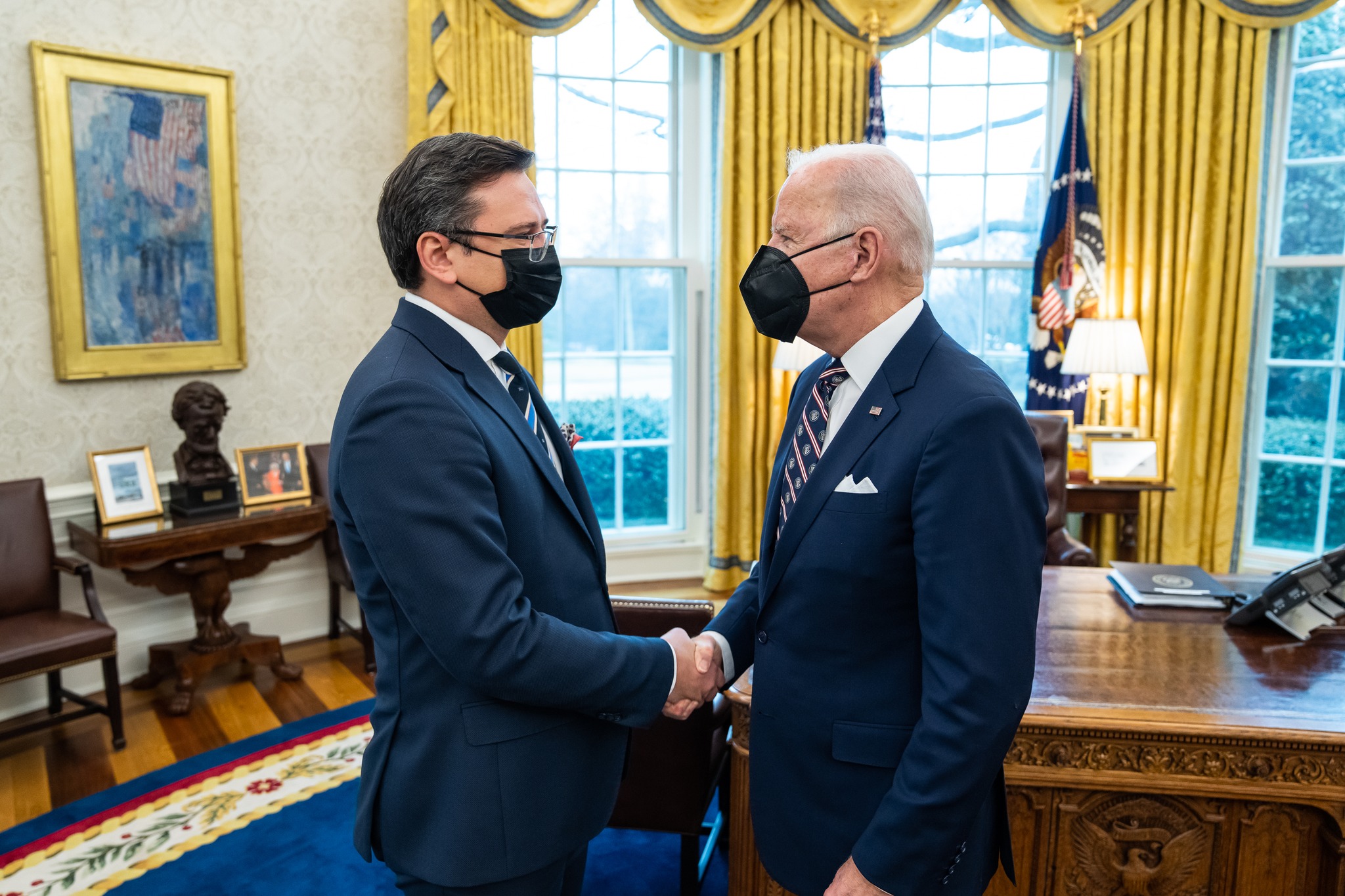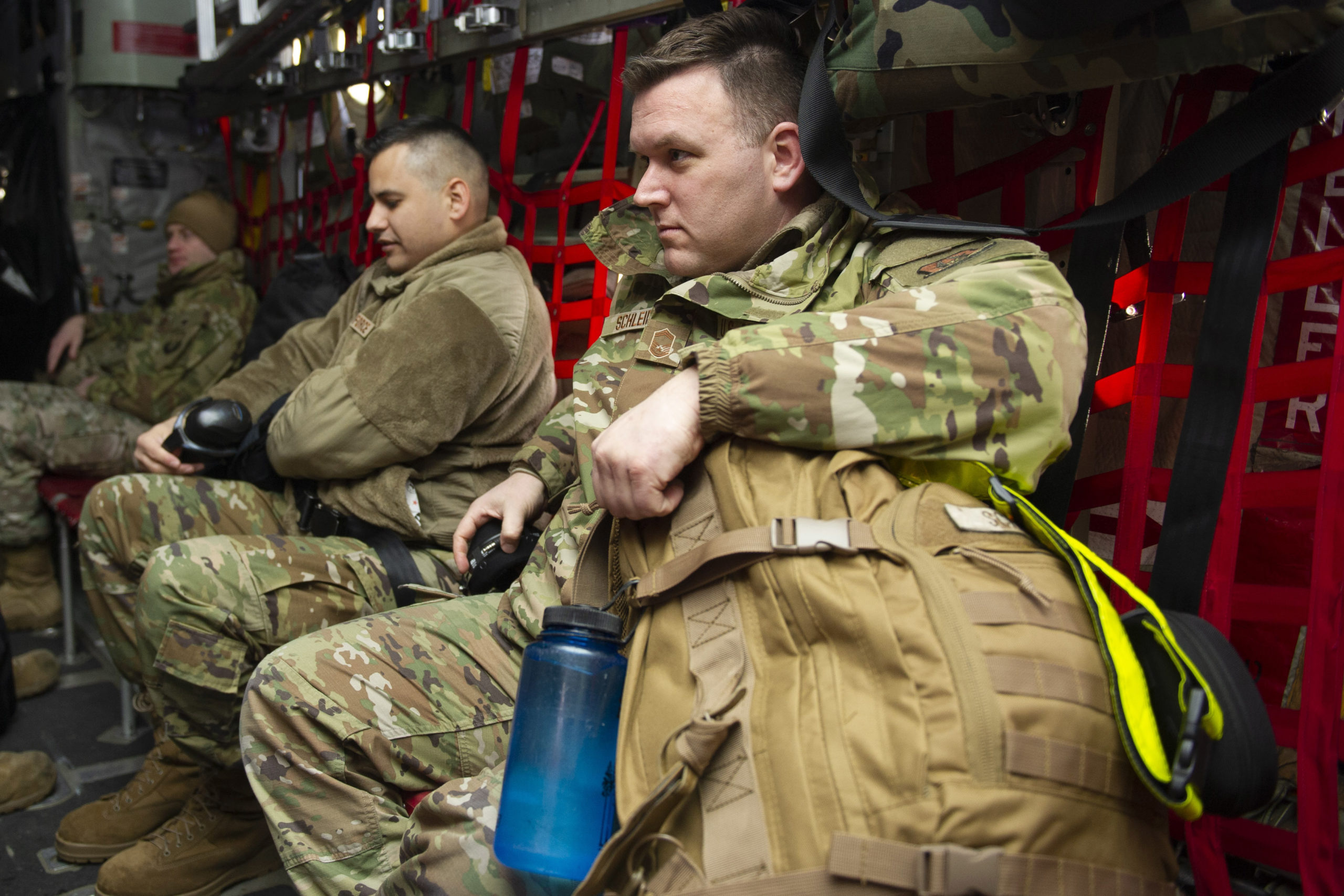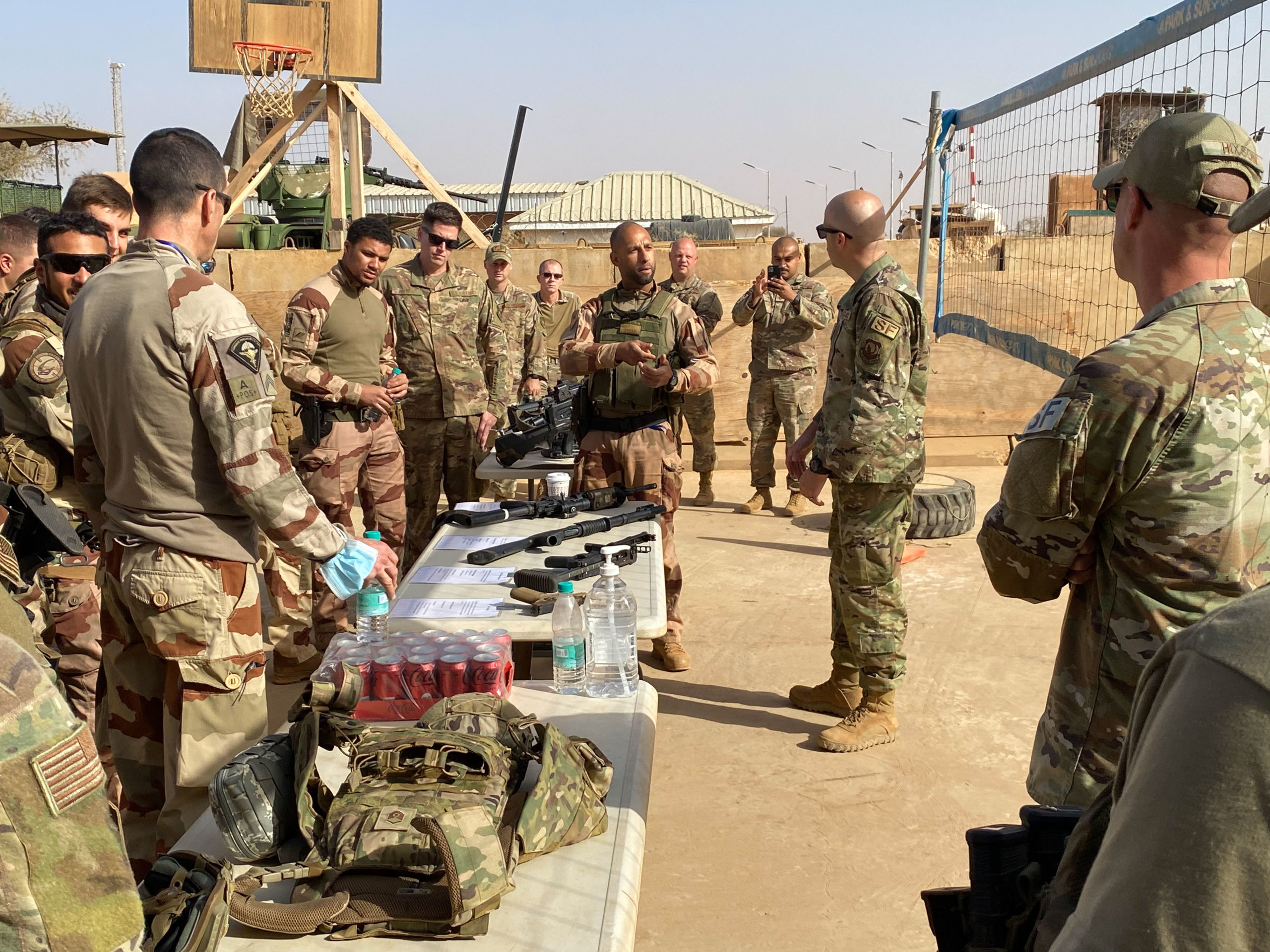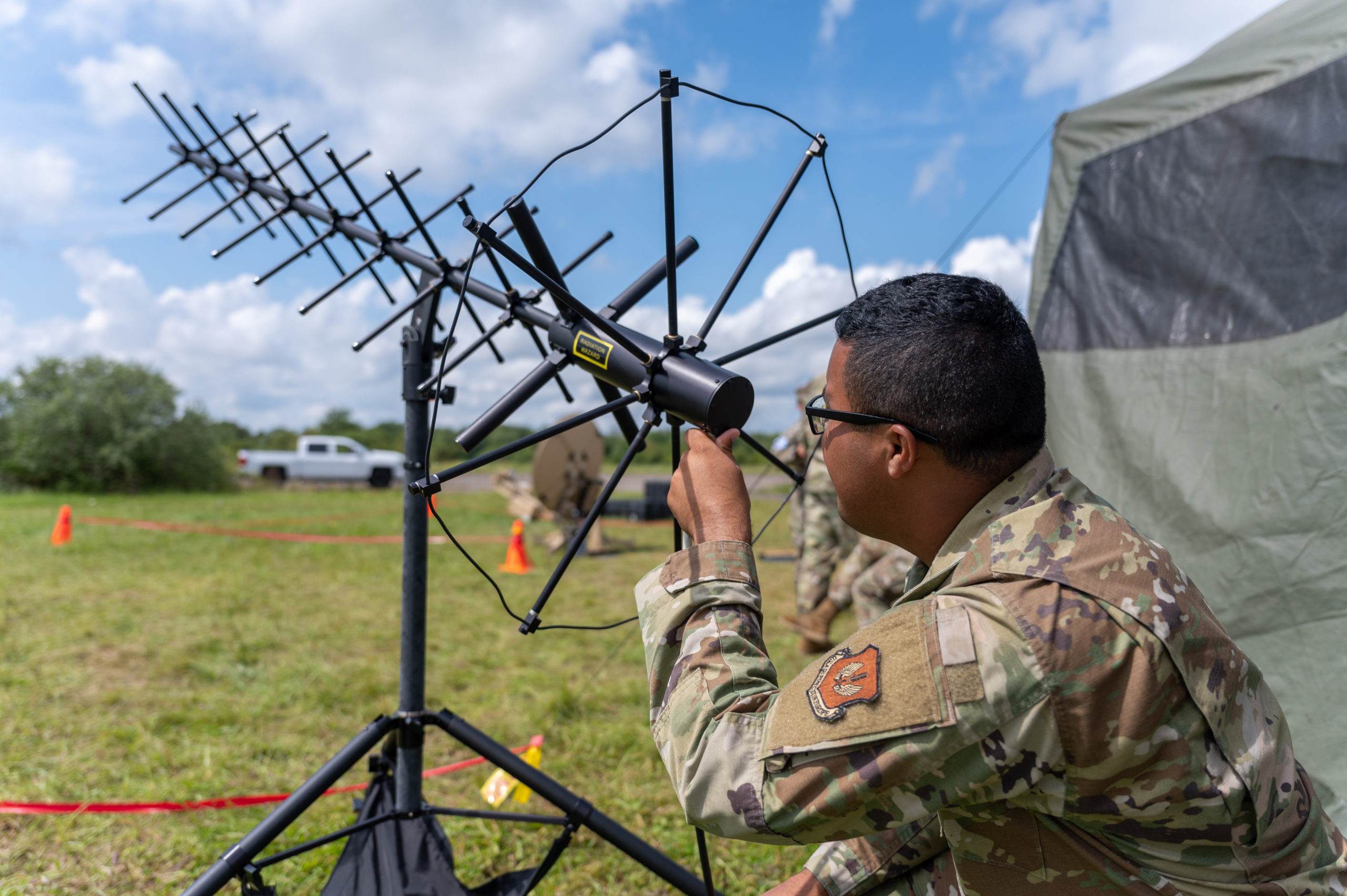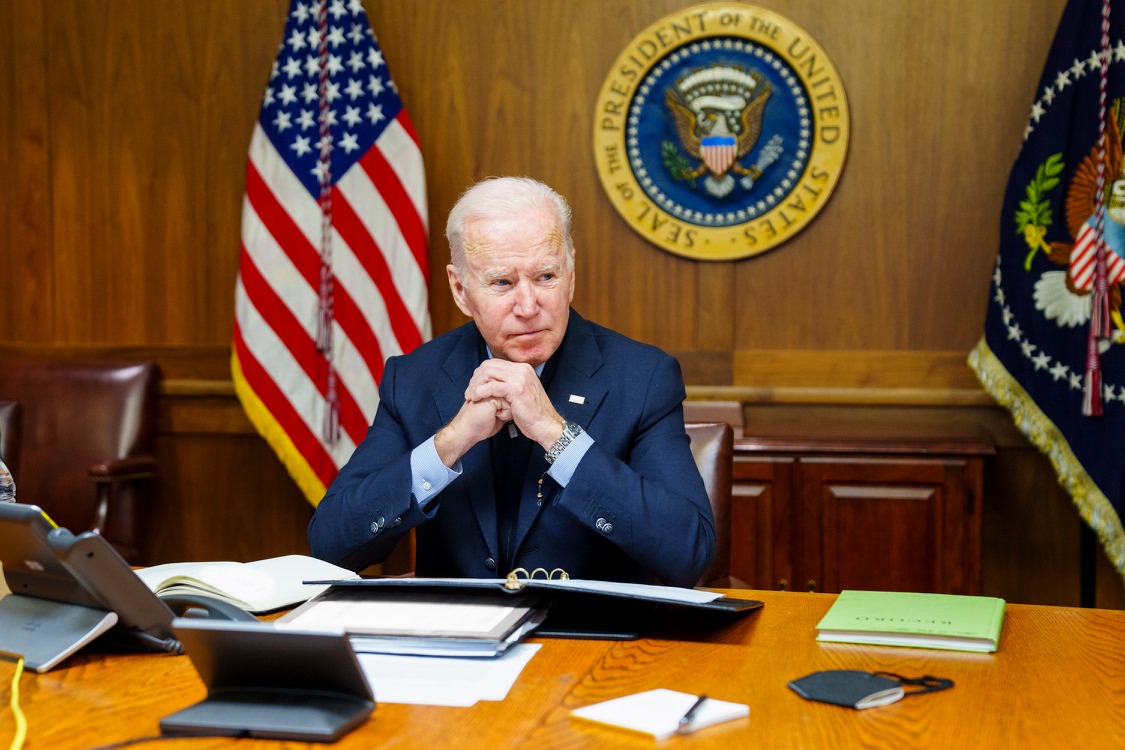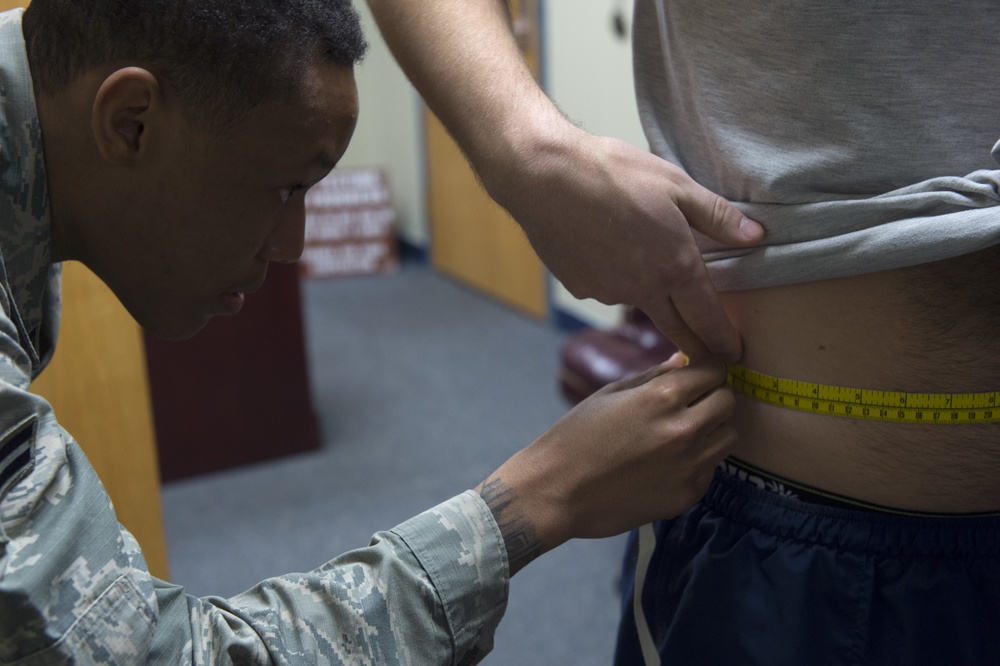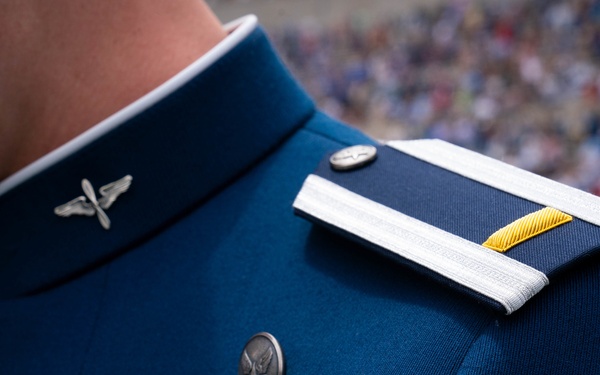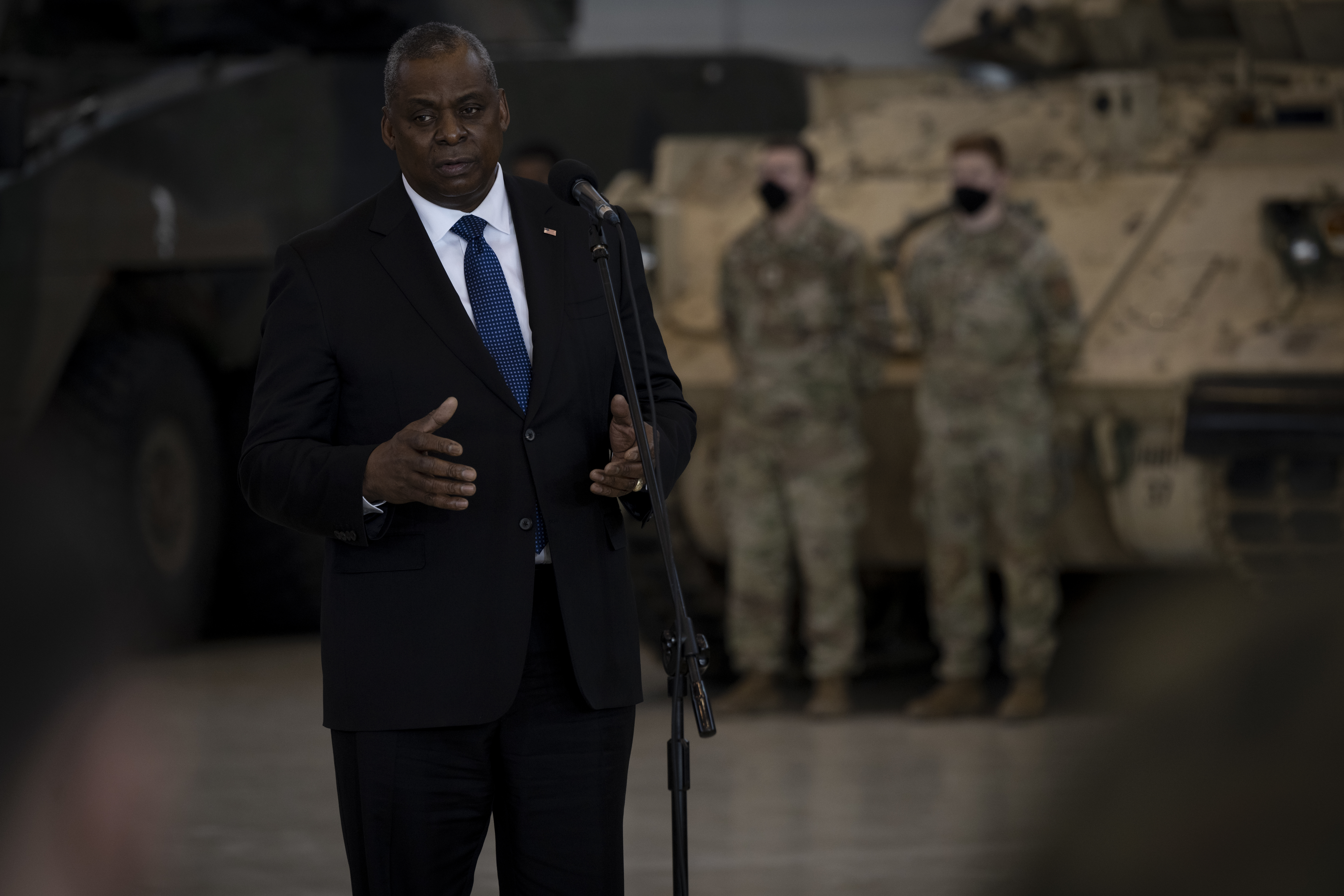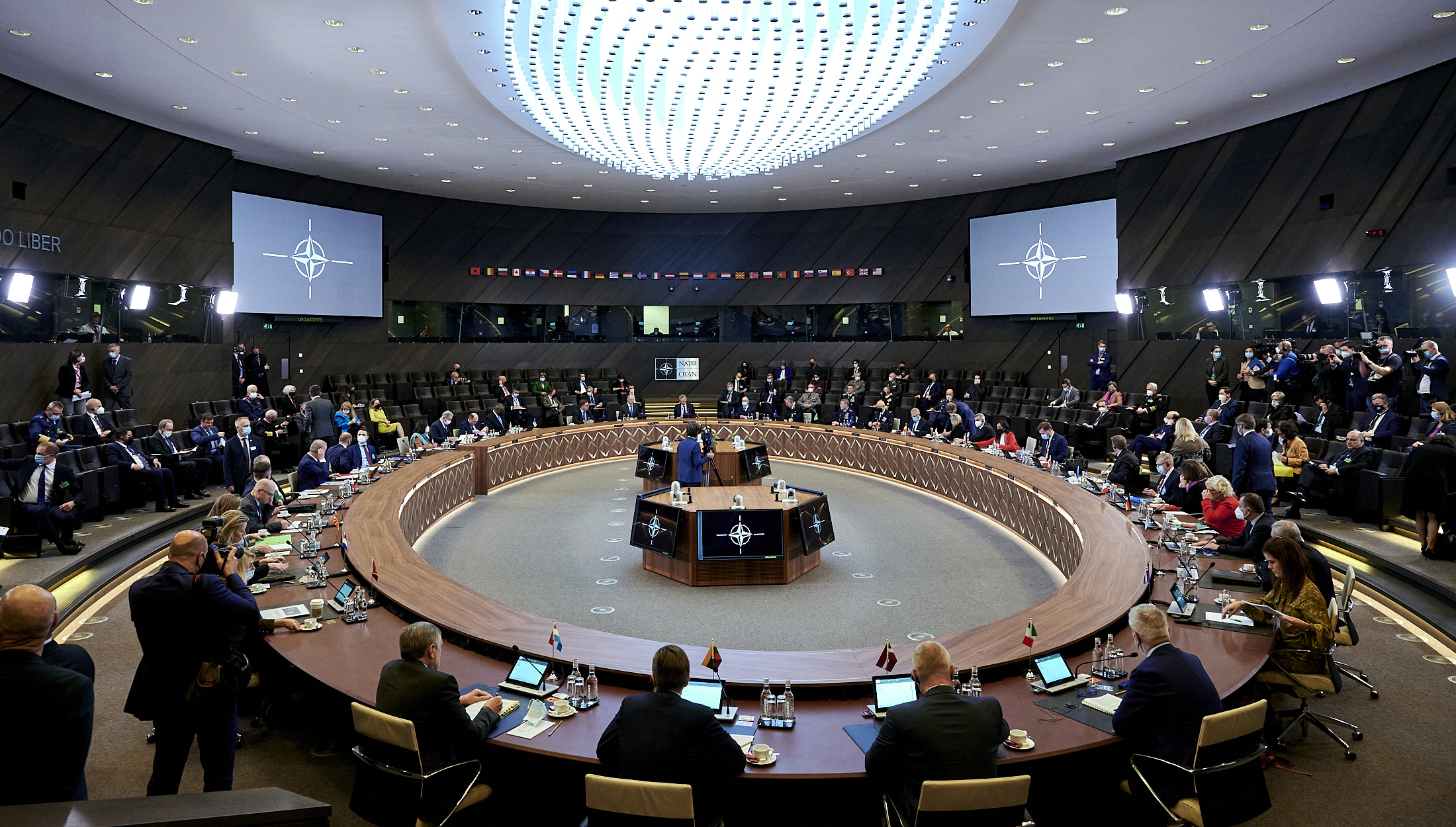President Joe Biden ordered new military forces to NATO’s eastern flank Feb. 22 and began to ratchet up sanctions on Russia. The decisions followed Russian President Vladimir Putin’s recognizing the independence of two separatist-controlled areas of southeastern Ukraine and sending tanks and troops across the border while also maintaining tens of thousands of Russian troops in Belarus.
“Today, in response to Russia’s admission that it will not withdraw its forces from Belarus, I have authorized additional movements of U.S. forces and equipment already stationed in Europe to strengthen our Baltic allies Estonia, Latvia, and Lithuania,” Biden said Feb. 22.
Defense Secretary Lloyd J. Austin III ordered the movement of air and ground forces to reinforce allies on NATO’s eastern flank, according to a senior defense official.
The repositioning includes up to eight F-35s from Germany to several operating locations along NATO’s northeastern and southeastern borders in the coming days. In addition, an infantry battalion task force of approximately 800 personnel will move from Italy to the Baltics; an attack aviation battalion of 20 AH-64 helicopters will move from Germany to the Baltic region; and an attack aviation task force of 12 AH-64 helicopters will move from Greece to Poland.
“These additional personnel are being repositioned to reassure our NATO allies, deter any potential aggression against NATO member states, and train with host-nation forces,” the official said in a statement provided to defense journalists. “These moves are temporary in nature and are part of the more than 90,000 U.S. troops already in Europe on rotational and permanent orders.”
The forces will be under the command of U.S. European Command’s Gen. Tod D. Wolters.
Earlier in the day, NATO Secretary-General Jens Stoltenberg praised the move by individual allies to deter Russian aggression with defense assistance to Ukraine, sanctions, and unilateral defense enhancements to eastern flank countries. Stoltenberg did not, however, foreshadow any moves by the NATO alliance as a whole.
“We welcome the sanctions that NATO allies today, in different formats, have decided to impose,” Stoltenberg said.
Stoltenberg said NATO had at the ready more than 100 jets on high alert and more than 120 allied ships at sea, from the High North to the Mediterranean Sea. NATO refers to its northern countries with Arctic borders as the High North.
“We will continue to do whatever is necessary to shield the alliance,” Stoltenberg said, while noting that allies had promised additional sanctions if Russia continues aggression.
Stoltenberg and Biden both praised Germany’s move to block certification of the Nord Stream 2 pipeline that would bring gas from Russia to Germany.
Biden also said the U.S. was beginning new sanctions on Russia.
The new sanctions, coordinated with allies and partners, target two large Russian financial institutions, VEB and the Russian military bank. Sanctions will also target Russian sovereign debt, cutting off the government from Western financing in U.S. and European markets.
Biden also said Russian elites and their family members will be sanctioned starting Feb. 23.
The quick succession of events in southeastern Ukraine followed Putin’s signing of two resolutions written by the Russian lower house recognizing the breakaway republics of Donetsk and Luhansk, in Ukraine’s Donbas region, as independent states. In recent days, shelling in the conflict zone has increased, with the Ukrainian military suffering two killed and 11 wounded, including five civilians, a Ukrainian defense official told Air Force Magazine.
In the last 24 hours, 134 pieces of armament and material from the Russian armed forces have entered the Donbas, including armored combat vehicles, tanks, and anti-aircraft weapons. Officials with the Organization for Security and Cooperation in Europe (OSCE) who have monitored violations of the 2014 Minsk agreement in the conflict zone have been barred from entering, and their UAVs have been shot at over the Russian-occupied territory, the official said.
“None of us will be fooled,” Biden said from the East Room of the White House. “This is the beginning of a Russian invasion of Ukraine.”
